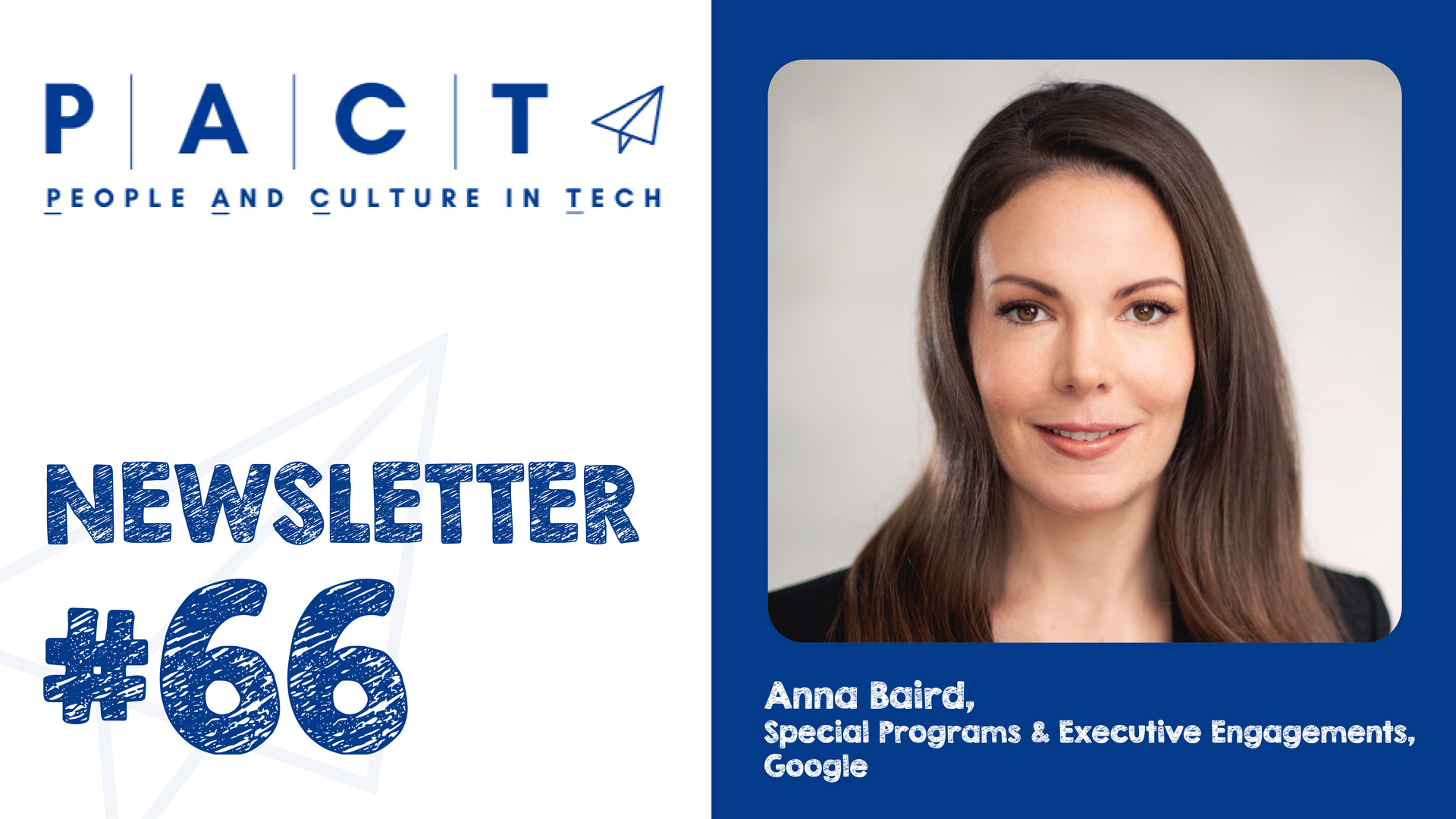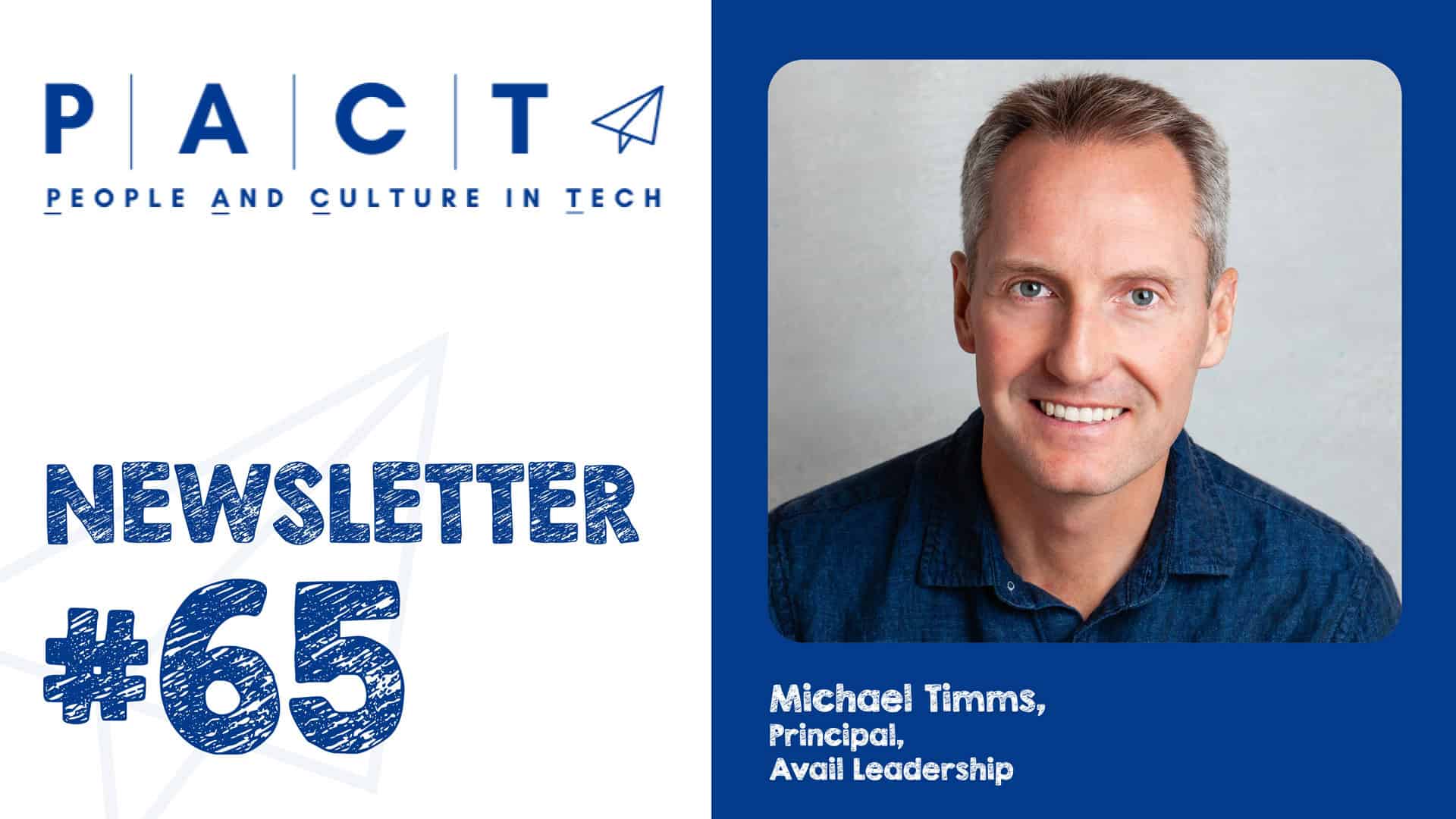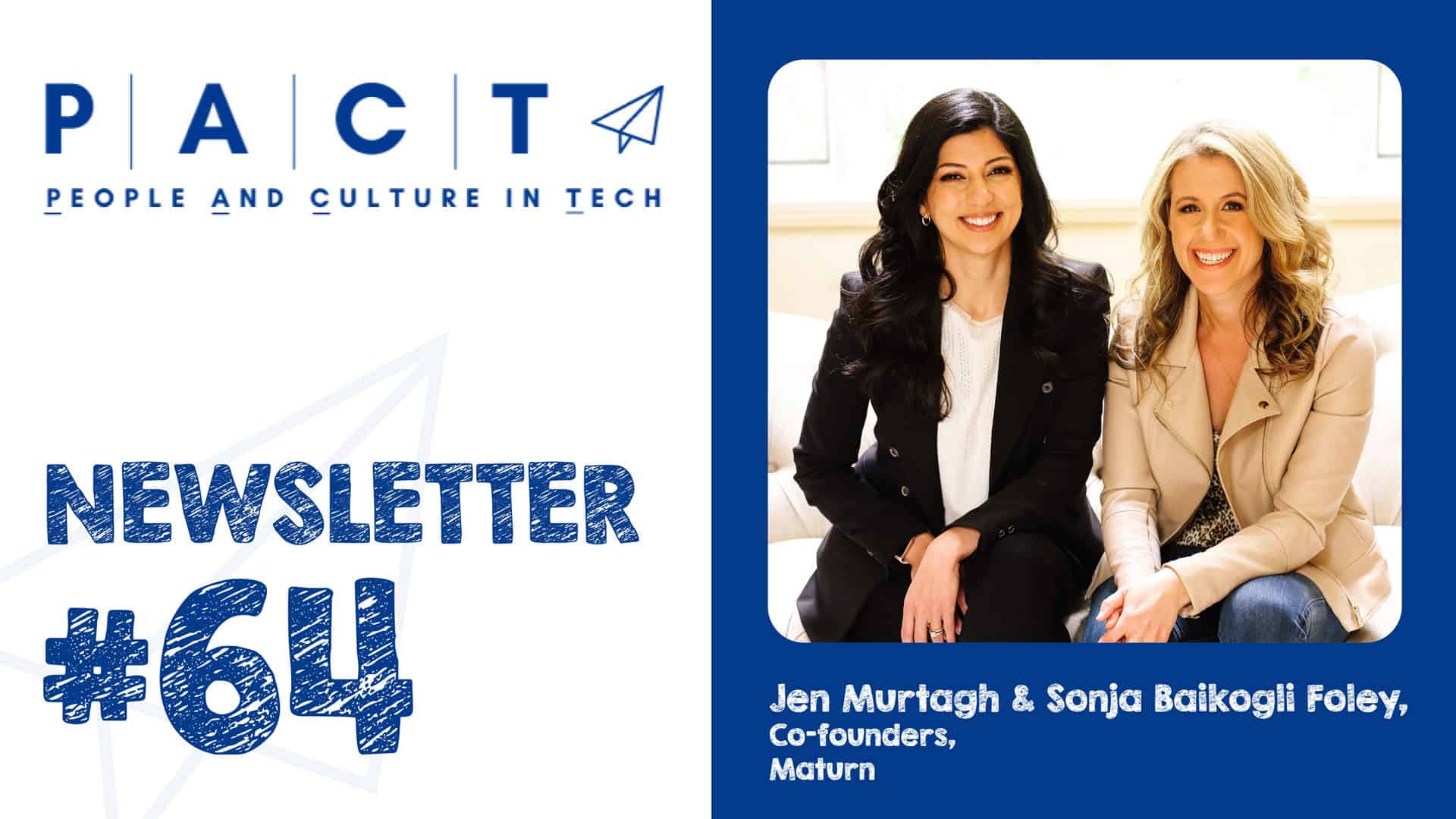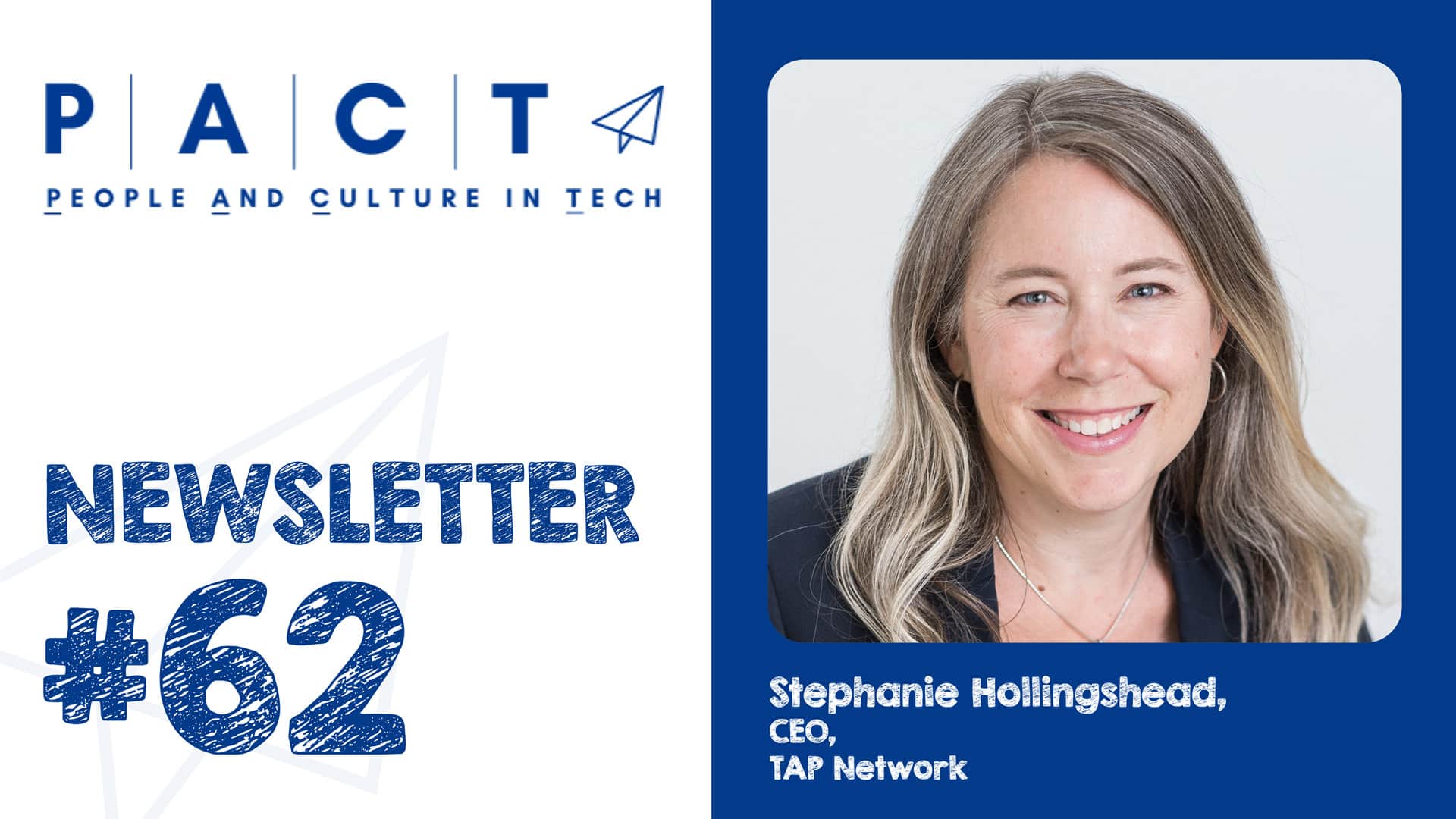Lidia Pawlikowski Builds Better Organizational Mental Health By Keeping Strategy Before Tactics
Jason McRobbie
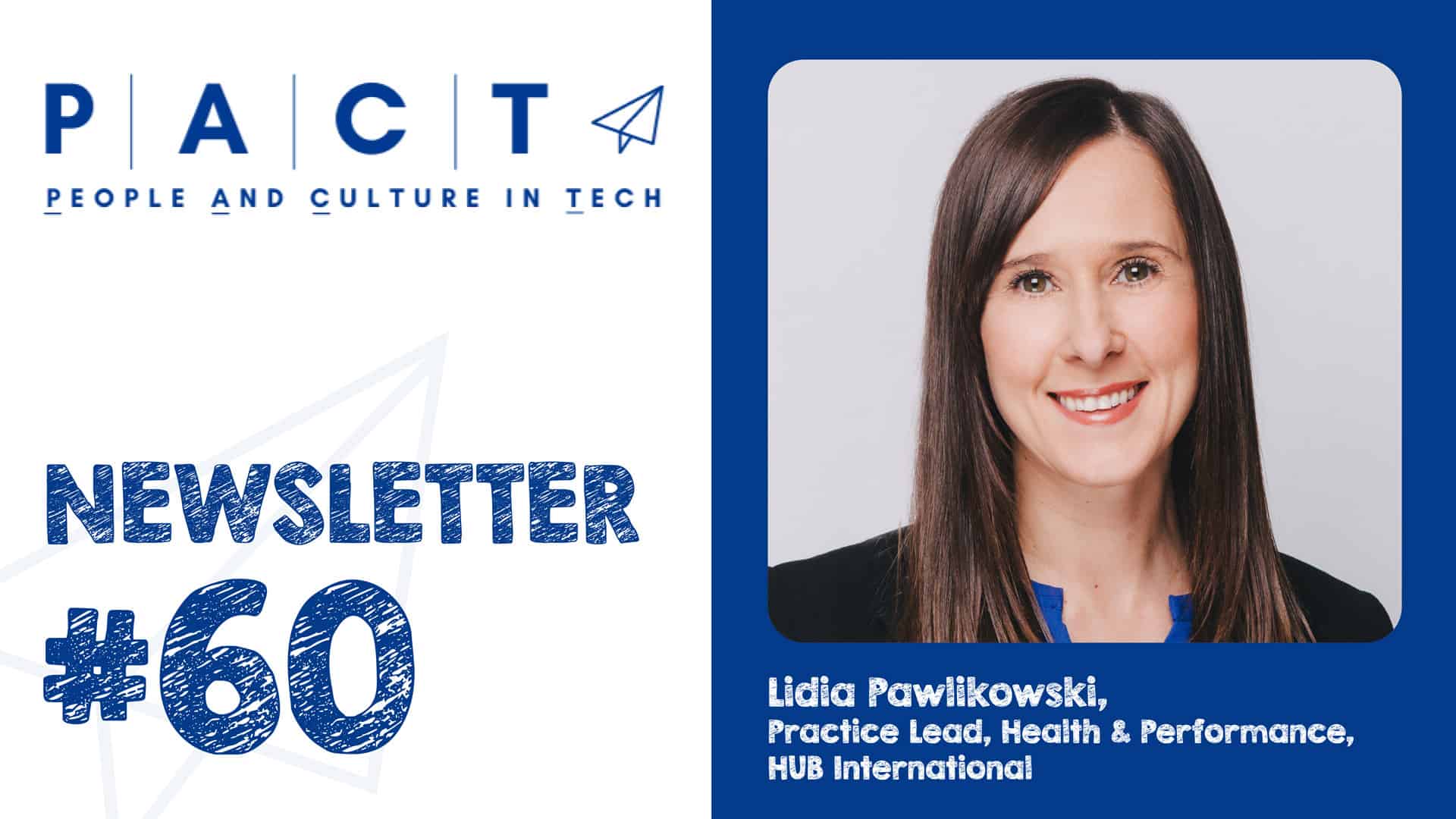
Mental health in the workplace is a silent minefield that is speaking loudly in growing pools and stacks of organizational data. We sat down with Lidia Pawlikowski, Practice Lead, Health & Performance at HUB International, to discuss what myths and obstacles persist and why top tactics are secondary to organizational strategy in affecting mental health at work.
Key Takeaways:
- Workplace barriers and stigmas around mental health can only be removed with education and open conversation.
- Leaders need to put strategy before tactics to build workplace cultures more conducive to mental health.
- Leaders need to prioritize mental health and ensure people leaders have the training and information needed to engage and assist.
For the entirety of her career, Lidia Pawlikowski, Practice Lead, Health & Performance at HUB International, has been building a better business case for wellness in the workplace.
I have been in the workplace wellness space for over 20 years, and I've shared the same message 'this is a business issue, organizations need to have well-being as a line item on their budgets, just like you would invest in other aspects of your employees benefit plan. However, organizations need to go beyond that now,” said Lidia. “Leaders are being reminded that humans are in the workplace, with feelings, who have different lived experiences (e.g. trauma or health concerns) that all come into play that can impact an individual when at work.”
Indeed, never before has the focus of that individual and organizational wellness been united as it is today around mental health. However, as Lidia points out, myths and uncertainties still prevail, while the need to create safe workplaces with better processes and common language around mental health grows daily.
“Unfortunately, what we have not yet done is normalize mental health. You break a leg and everybody talks about it and celebrates when you come back to work. You have a mental health issue and everyone becomes silent because often employees do not know what to say or are afraid they are going to say the wrong thing,” said Lidia. “We need to get to a place where physical health and mental health conversations can begin and end the same - and it doesn't matter what type of medication you are on (for a physical or mental health issue), you can thrive and be successful with the right supports that fall under individual and organizational health.”
And while leadership is key to making mental health a priority, Lidia emphasizes that it is no more a CEO’s role alone than HR’s to wear the superhero cape where mental health is concerned.
“HR already has so much on their plate, so remember that executing a mental health strategy can’t be on HR alone either—everybody has a role to play in psychological safety,” said Lidia.
What proves a more common obstacle, Lidia notes, are managers simply not feeling equipped or empowered around mental health conversations.
“The truth is that some managers aren’t comfortable and that’s fair because you don't go to school and learn about mental health. No one goes to a post-secondary school to study how to have stigma-free conversations around mental health. So training managers on what mental health even means, level setting that understanding with everybody within an organization and positioning with a shared language, is key,” said Lidia, admitting that training is ongoing for even the experts. “I am a health consultant in this space—that’s all I have done in my career. Do I know everything about mental health? Absolutely not. We’re constantly learning and evolving so that we can get to a place where everyone feels psychologically safe in the workplace.”
New year, new projects, new goals. Get fresh talent, like co-op students, through your doors to help tackle this complex future. Waterloo students bring new skills and perspectives to help you be future-ready. Learn about our future-ready talent framework.
The good news, according to Lidia, is that those stigmas and myths around mental health have begun to dissipate. The bad news is that more people are feeling the personal pinch of mental health—particularly at work.
In fact, with global uncertainty, financial stressors and a workplace still in flux, it’s the bad news that takes Lidia to the heart of the matter on the state of mental health with HUB’s clients these days.
“Unfortunately, I think mental health in the workplace is getting worse because people are burnt out,” said Lidia, who boils much of that burn down to workload management in a post-pandemic world. “Too often, something bad has to happen before organizations realize, ‘Okay, we have some broken processes in place and we need to do something about that.’ For some, it has been too little too late and people have been leaving the organization, which means the people left behind are taking on even more.”
What Lidia has noted as one definitive symptom of mental health at the organizational level is a dramatic uptick in short-term disability claims.
“What we are seeing is a lot more people going on short-term disability because of mental health issues. That is one of the biggest concerns from our clients who are seeing those short-term claim increases and duration increases,” said Lidia. “When we look at aggregate data and see the increasing trends, it can have a big impact on day-to-day functions, especially on smaller teams or smaller companies.”
As such, Lidia knows what every leader wants is tactical solutions, but turns leaders first to strategy and foundations.
“People like tactical tips, but when I think about mental health and the challenges we are facing in the workplace it’s really about building a foundational strategy,” said Lidia. “Individual well-being is important, but people won’t be able to take care of themselves if organizational health is not a focus. That’s important in order for the tactics to work.”
“You want to create an environment that allows humans to thrive—to be curious and to be empowered to say, ‘Hey, this process isn’t working for me.’ Every organization has broken processes in place—people too. Nothing’s perfect and that’s okay because there is always room for improvement and growth,” said Lidia. “I think every organization has the best of intentions. They really do want to help. They just don’t always understand how to do that or where to start.”
For those seeking that how-to, Lidia offers some solid steps towards bettering organizational mental health:
- Strategy Before Tactics:
You need a mental health strategy before anything and might want to work with someone to help you get there. Look at the big picture as opposed to the tactical. Recognize that not everyone is ready to do everything at once. Break it down. Start small and build. It’s about evolving. For example, leadership needs to have a clear mandate and communicate to HR and managers that the mental well-being of our employees is important and mandatory trainings will be occurring. If leadership can share that information with clarity it really helps make it a priority—and if you attach that to performance, and continually follow-up, you will get positive results. - Understand Your Data and Purpose:
One of the most powerful components you can bring to the table is data. Everything we do with our clients is rooted in data. We try to share that data with our clients to not only create a business case, but to also tell a powerful story to leaders. Your data is going to inform what you want to accomplish moving forward. There are hundreds of solutions. Solutions are not the issue. The challenge is answering, ‘What does success mean to you? Where do you want to be in the next five to 10 years? What kind of culture do you want to build?’ Let’s define that first—who you are. The solutions are the easy part. That data lets HR say, ‘Look, our people are not well and this is how much it is costing us. We have supports, but they’re not matching up. We need to do more or change the way we are doing things to align with what success means to us.’ Creating that awareness about your own workforce and looking at all of your data on one page is powerful. We have leadership saying, ‘This is our data and our employee health risks? We have to do something.’ When presented with actual aggregate employee data it will resonate with leadership and if you can connect outcomes to return on investment or return on engagement, even better." - Keep Solutions at Hand:
Reach out to talk with your vendors to really understand all your contracts and what they offer. You’re likely already doing great things, so curate it all and put it in one place, so everyone knows where to get it. What organizations aren’t doing enough is curating that employee experience. What we do with our clients is build tip sheets or toolkits for managers to have at their fingertips because they are often speaking to their team members on a regular basis. These documents help managers send employees to that one-stop-shop platform (e.g., intranet) to get total health supports. All those partnerships, all their information and offerings really need to be brought together in one place, organized and made super clear. The CEO, HR or managers cannot guarantee every individual’s well-being—there needs to be that duo-accountability—but the organization can create a platform and an environment where if employees need help, they are empowered to ask and able to access the help they need. - Invest in People Leaders:
They are such an important group. HR needs to work with managers to empower and arm them with the right tools so they can have proper conversations around mental health. Give them the right training and the space to make mistakes and learn from them so they continue to evolve. What’s happening most often right now is managers are just sending people to HR for those conversations. People leaders need to be given clear direction and be trained on how to have positive, respectful conversations (including around mental health). It’s not enough to only repeat and share what the policies are—they need to be better role models as well. So, for example, managers should stop sending emails at 9 PM too, so they’re not stressing people out at all hours. - Communicate with Purpose and Clarity:
Communications are really important, but just remember how many communications we get in a day and how yours will land. If the employee doesn’t know what to do with it, if there is no clear action attached, what do people do? Delete, delete, delete. So communication needs to change. The key is communicating with purpose and clear direction. It needs to be clearly connected to something that people understand impacts them every day. ‘This is the reason for the communication, the action you want taken and a closing reminder that you will be circling back or available to discuss.' - Listen to Your People:
In order to get anywhere and evolve, you need to ask your people what they like, don't like and what they need. It doesn't always mean all feedback or ideas will be included in the strategy or implemented in an operational plan, but they do need to know that their input is important (this also needs to come with clear direction shared in a communication - as indicated above). When you do implement something that your employees have either recommended or endorsed, it's a win-win for everybody because they are going to say "my company is listening to our feedback." Similarly, you can have the most brilliant idea, but if it doesn't resonate with your employees, and you listened, you've averted a negative employee experience which will work in your favour.
BACK




